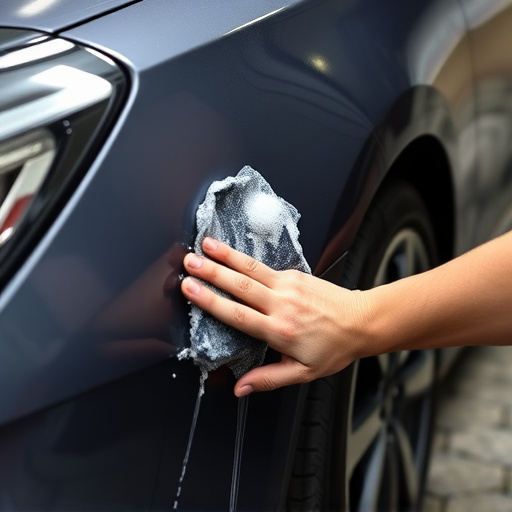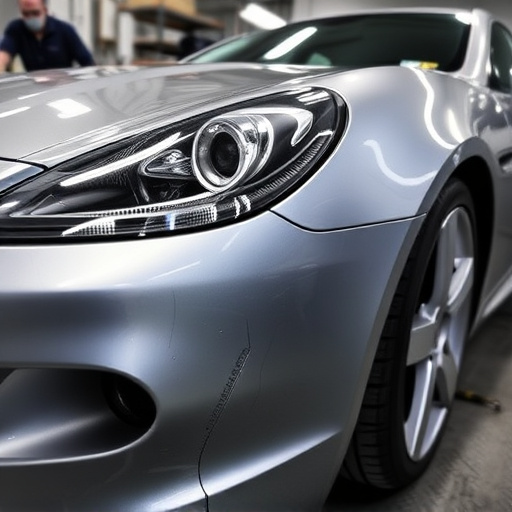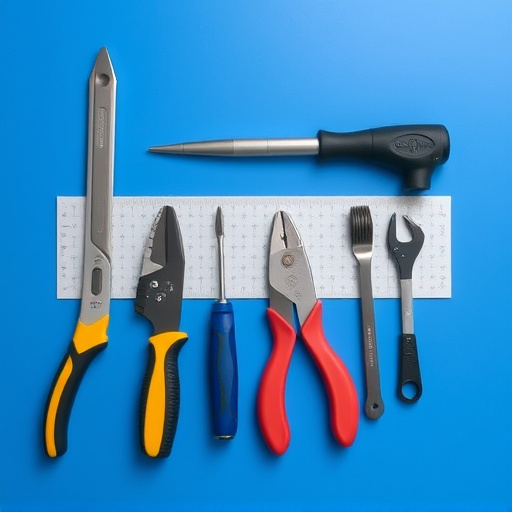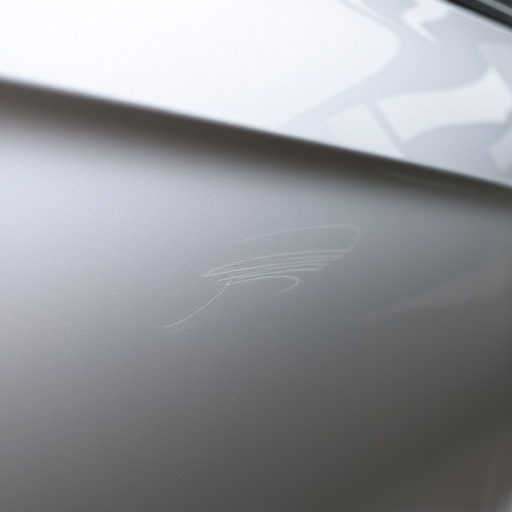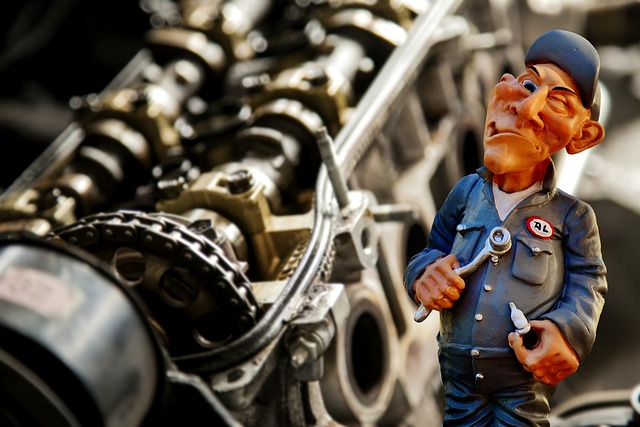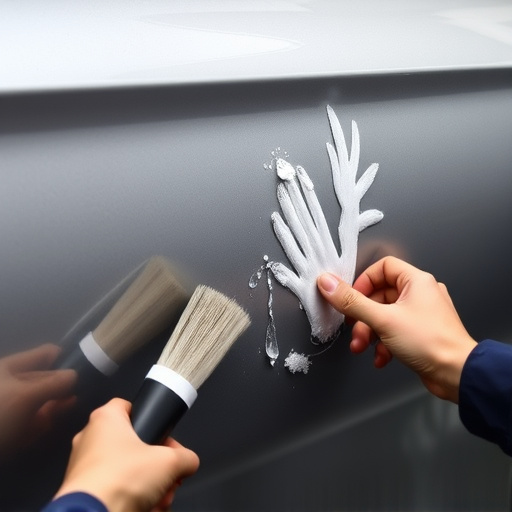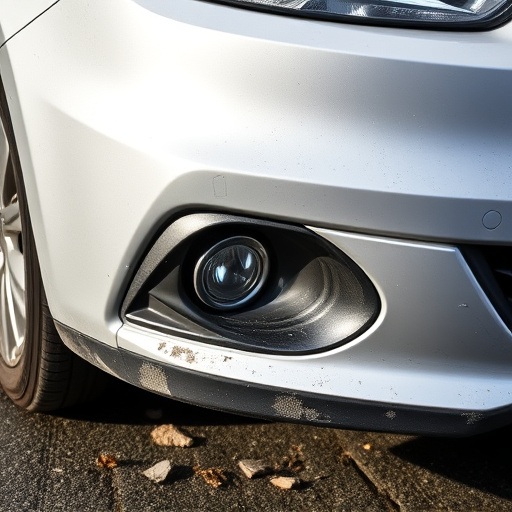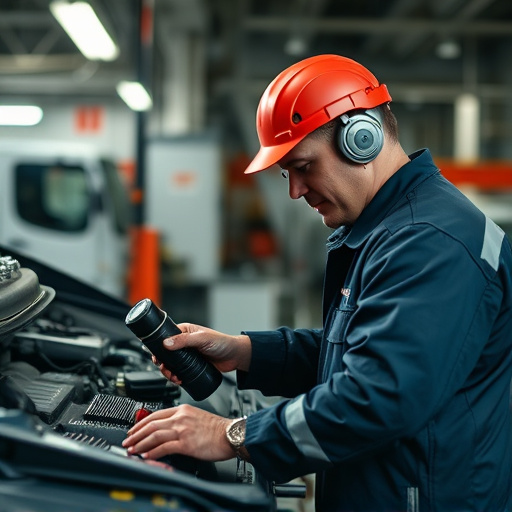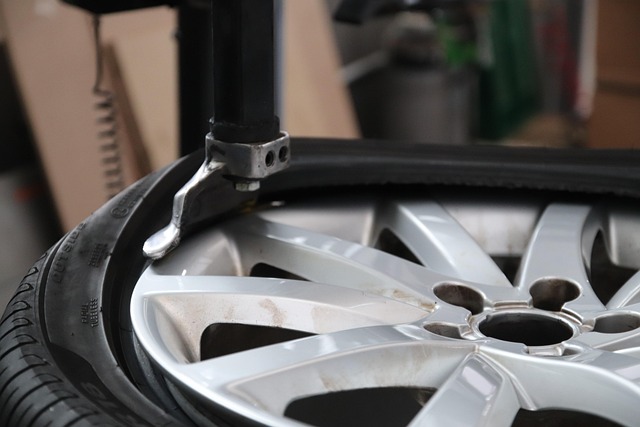ADAS recalibration glass is a specialized tool for optimizing modern cars' Advanced Driver-Assistance Systems (ADAS). It ensures precise sensor calibration, enhancing safety features like adaptive cruise control and lane-keeping assist. By integrating into vehicle bodywork during repairs, it maintains autobody integrity while improving ADAS functionality, ultimately enhancing road safety and driving experience. Regular recalibration using this glass is vital for accurate ADAS performance, preventing incidents caused by misaligned or outdated systems.
In today’s advanced automotive landscape, ADAS (Advanced Driver Assistance Systems) play a pivotal role in enhancing safety. At the heart of this technology is ADAS recalibration glass, which facilitates system reboot and ensures optimal performance. This article delves into the intricate world of ADAS recalibration glass, exploring its function, the process of system reboot, and the critical importance of maintaining accuracy through precise calibration. Understanding these aspects is crucial for maximizing the benefits of ADAS technology.
- Understanding ADAS Recalibration Glass
- System Reboot: The Process and Importance
- Ensuring Accuracy Through Calibration Glass
Understanding ADAS Recalibration Glass
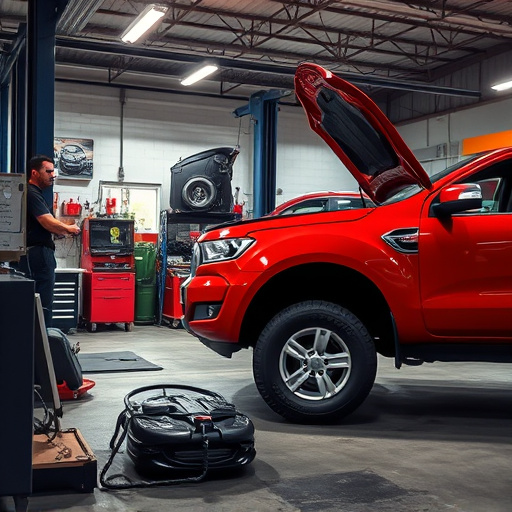
ADAS Recalibration Glass is a specialized tool designed to play a crucial role in modern automotive systems, particularly Advanced Driver-Assistance Systems (ADAS). This innovative glass technology is not just about aesthetics; it facilitates precise calibration of ADAS sensors, ensuring optimal performance. When integrated into the bodywork of vehicles during repairs or autobody services, this glass can significantly enhance safety features such as adaptive cruise control, lane-keeping assist, and collision avoidance systems.
The process involves using specialized equipment to perform dent removal on the glass, allowing for exact adjustments to sensor readings. This meticulous procedure is essential in maintaining the integrity of car bodywork services while optimizing ADAS functionality. By ensuring these sensors are accurately calibrated, ADAS Recalibration Glass contributes to a more responsive and reliable driving experience, ultimately enhancing road safety for all passengers.
System Reboot: The Process and Importance
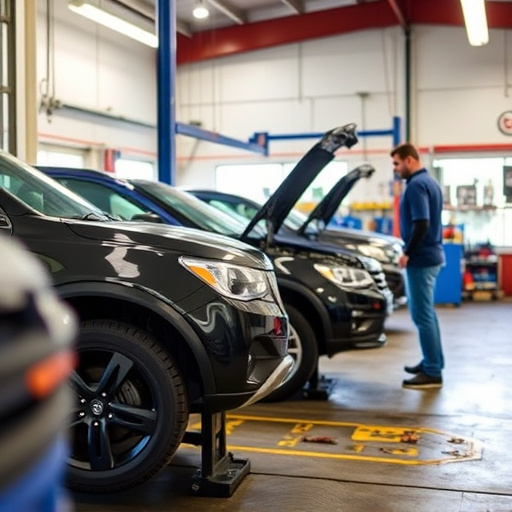
System Reboot involves a comprehensive reset of a vehicle’s Advanced Driver Assistance Systems (ADAS). This process is crucial for maintaining the accuracy and performance of sensors, cameras, and software that power safety features like adaptive cruise control, lane-keeping assist, and automatic emergency braking. Over time, these systems can become misaligned due to various factors such as road debris, weather conditions, or routine vehicle wear and tear.
ADAS recalibration glass plays a vital role in facilitating this reboot. It provides the necessary environmental conditions—a controlled, clean, and reflective surface—for precise recalibration. When taken to a reputable body shop for services, technicians can perform these calibrations accurately, ensuring that every component of the ADAS functions optimally. This, in turn, enhances vehicle safety, improves driving experience, and prevents potential incidents caused by outdated or misconfigured systems, making it an essential service in modern vehicle repair alongside tire services and other routine maintenance.
Ensuring Accuracy Through Calibration Glass

Maintaining the accuracy of Advanced Driver-Assistance Systems (ADAS) is paramount for safe and efficient autonomous driving. One key component in achieving this precision is the use of specialized recalibration glass. This glass plays a crucial role in rebooting and fine-tuning ADAS sensors, ensuring they operate at optimal levels. By offering precise optical properties, it allows for detailed calibration processes, accounting for any environmental changes or sensor drift that may occur over time.
The process involves placing the ADAS recalibration glass in front of the sensors, enabling them to scan and validate their performance against a known reference point. This meticulous approach is often preferred over traditional paintless dent repair techniques used in automotive body work at collision centers, as it directly addresses sensor accuracy rather than merely repairing physical damage. The result is a robust system reboot that enhances overall vehicle safety and passenger confidence.
ADAS Recalibration Glass plays a pivotal role in ensuring the accuracy and reliability of Advanced Driver Assistance Systems. By providing a precise reference point during system reboots, it helps maintain optimal performance and safety. Incorporating this specialized glass into maintenance routines is essential for keeping autonomous driving technologies up-to-date and accurate, ultimately contributing to enhanced road safety.
